Inside The Big Cardboard Box is where we delve into the history of the largely defunct world of boxed PC games, with a particular emphasis on all the ones I used to own, but later gave away or sold. On one occasion, during a particularly thorough clear out, around 40 or so went at once, packed into a giant cardboard box and sent off to a lucky eBay auction winner.
With any attempt to try and remember the details of each and every game that was in that box quickly becoming futile (and likely of little interest to you, dear reader), we instead bring you this more general look back at some of the boxes of old, prompted by the memories of my own lost but previously-owned titles.
Last time, we looked at a budget range that was fairly popular in the 90s, and we’ll continue in that same vein here. While The White Label was technically a Virgin Interactive line, they also secured rights to games from other publishers, most notably LucasArts. During that decade, however, it became more common for the big publishers to have a budget label exclusively dedicated to re-releases of their own titles, although very few had the marketing might, substantial back-catalogue and recognisable branding of Electronic Arts.
The word ‘Classics’ was consistently deployed across most iterations of their budget ranges, which may well have been a deliberate choice to avoid the possible negative connotations of words like ‘value’ or ‘budget’. However, I recall that one of their early forays into this territory was slightly low-key, in the form of the ‘Electronic Arts Presents: CD-ROM Classics’ series, which in the UK was presented in an orange double-CD case, with the manual on CD, and only a quick-start guide and technical support sheet provided in print.
Despite this slightly cheap approach, I don’t think the price reflected the lack of frills, with my recollection being that these titles were priced at around the £12-14 mark. Re-releases of Origin Systems games were a prominent feature of this range, and my copies of Wing Commander II (Deluxe), Strike Commander, Privateer and System Shock were picked up during this period. Meanwhile, Shadowcaster, Ultima VII and Wing Commander: Armada also got the orange jewel case treatment, as did other non-Origin EA titles, including Syndicate, Noctropolis and (I think) SEAL Team and Michael Jordan in Flight.
As the budget market became more competitive, the CD cases were abandoned in favour of big boxes with a light blue sleeve, and the word ‘presents’ was removed from the range title. This was the mid-to-late 90s counterpart of The White Label, with the contents inside mirroring the original release: CDs, manuals, supplements et al. Aesthetically, it wasn’t perhaps quite as pleasing as White Label, but it was still reasonably classy presentation.
And it seemed like almost every EA game of this era got a re-release on this range, with everything from Bullfrog strategy hits like Theme Park and Theme Hospital, to EA Sports titles such as FIFA and PGA Tour 486 getting another go at around the £13-15 mark. Also, the big-budget Origin epics, starting with Wing Commander III, which had seemed out of reach just a couple of years previously, were now affordable titles. I still have my WC3 discs, but no longer any of the manuals or supplements, sadly. My copy of WC: Prophecy was from this range, too, as well as Fade to Black, Crusader: No Remorse, and the subject of the worst-ever published review on FFG, Space Hulk: Vengeance of the Blood Angels.
In my mind, this design lasted a long time, although it was likely just 2-3 years at most, before being replaced by a succession of comparatively short-lived and less successful efforts. As part of the transition from Electronic Arts, purveyor of high quality computer software, to EA Games, brash multi-format conquerors, the tone of the range’s presentation shifted from the glossy but slightly old-fashioned approach to a slightly cleaner and bolder one, albeit with the retention of the blue/white colour scheme.
This was towards the tail end of the big box era, and the new branding, now simply ‘EA Classics’ also saw the boxes themselves thinned down, and jewel cases replaced by paper sleeves, although you did still get a printed manual. EA had absorbed/welcomed Westwood Studios by this point, and I remember that Blade Runner was a notable release from this period, although your correspondent showed rare good judgement in picking up an original boxed copy for the same price (I think this range was now retailing at more towards the £10-£13 mark at this point, although I can’t be certain). Need for Speed III was another one from the collection that I bought, and still have, although, again, only the disc has survived to this point.
Compilations were briefly another feature of the EA range around this time. The Biggest Names, The Best Games was a series of six pack bundles which came in what looked like a big box of washing powder. Eschewing any kind of thematic coherence, these packs invariably contained a mixture of sports, racing, action and strategy games, some of which had already been released individually. None of them seemed to boast an appealing enough combination to pique my interest, although it could also have been the £30 price tag.
Bizarrely, lots of the same titles appeared again in another batch of triple packs from EA, this time just called ‘EA Compilations‘. These were still packaged in cardboard (albeit the thinner design of contemporary EA Classics releases) but came with the manuals on CD. This time there seemed to be more of an effort to keep similar games together, with a couple of sporting collections (FIFA 99, Tiger Woods 99, Cricket World Cup 99; Premier League Stars, Premier League Manager, Superbikes) but otherwise two out of three was usually the best you could hope for. Dungeon Keeper 2 and Theme Hospital were thrown in with Sports Car GT; NBA 2000 and Need for Speed: Porsche 2000 came with Populous: The Beginning (I had this one, but I don’t think I ever played Populous even once). I’m pretty sure these retailed at £20 each.
The design of those compilations, with a slightly more austere and reserved aesthetic, stayed with the brand as it moved into the DVD box era, at which point a scattergun approach to the range seemed to take hold. At the start of the 2000s, the mid-range budget title was losing ground anyway to the likes of $old Out, which ditched any pretensions in favour of basic presentation, PDF manuals, and a low price point (£5). And many of the games released as EA Classics ultimately made their way to $old Out in the end. That said, they did briefly flirt with a lower-priced range of their own, Collector, although I can’t recall too many of the titles released on this label, other than the aforementioned Populous: The Beginning and a few old EA Sports games.
Dalliances with grey and then yellow artwork in the mid-late 00s were spotted, as the Classics range persisted, although concepts like physical packaging and making older games available for purchase were going out of fashion by that point.
But it’s the light blue box era of the mid-90s that I most associate with the name, and with fond memories of picking up games at more affordable prices, although as noted most of the evidence of my purchases from this era has long ago been jettisoned in the name of saving space.
(NB: Scans sourced from MobyGames, except for the EA Compilations image, which was nabbed from Amazon).

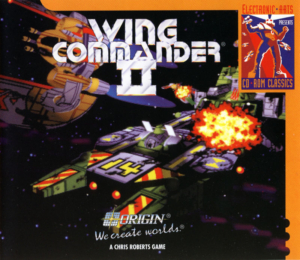
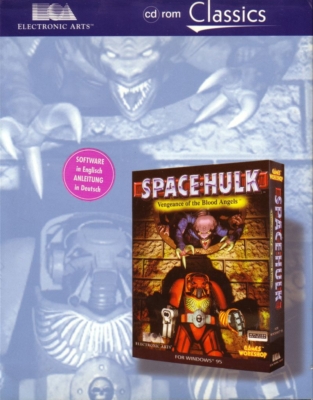
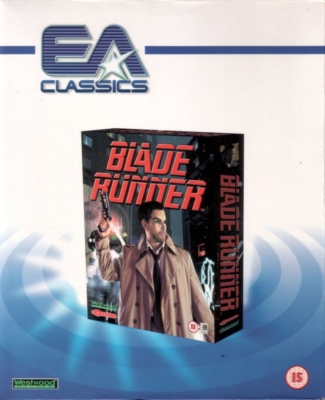
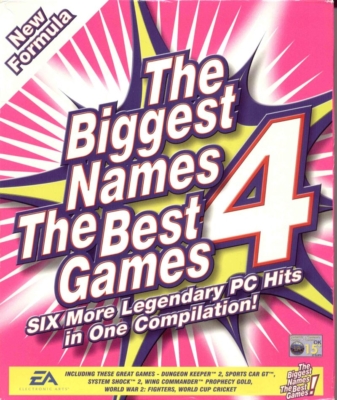
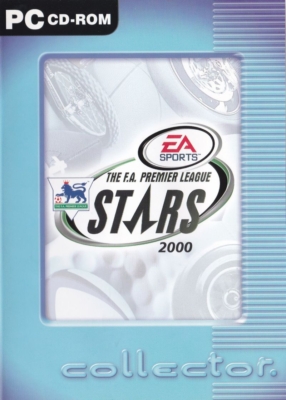


 Posts
Posts
Well this brought back some memories! I had the EA Classics version of Fade to Black as well… cost $10 I think!
June 3, 2021 @ 3:41 am